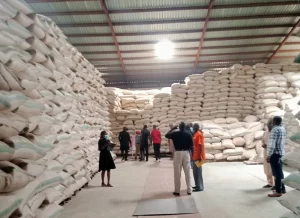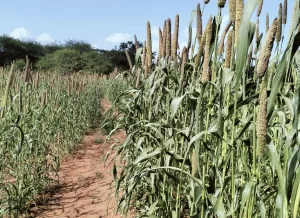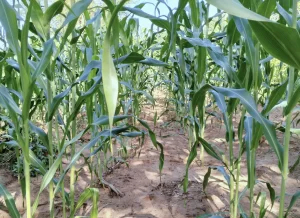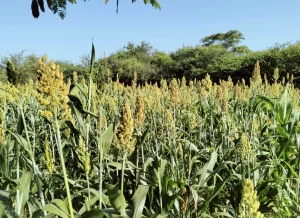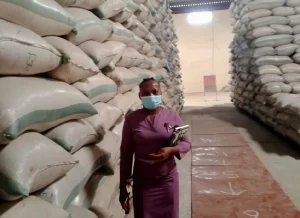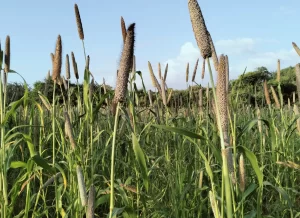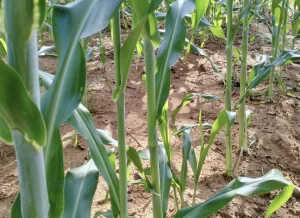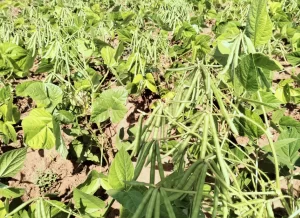We're using a
new technology
Good in smart
organic services
Reforming
in the systems

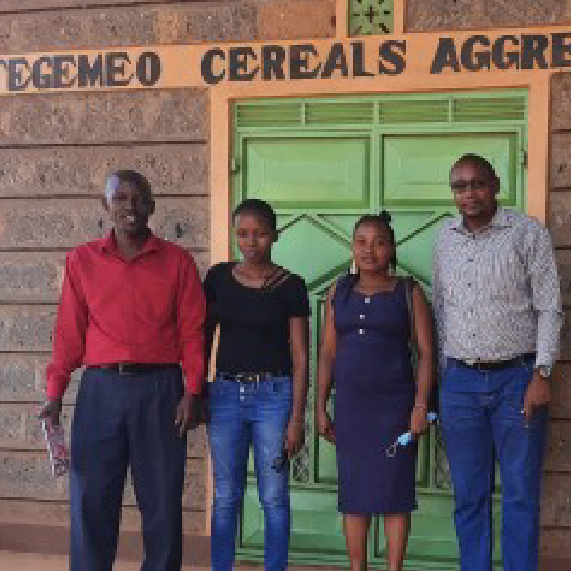
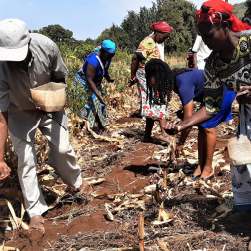
Tegemeo Cereals
Cultivate training helps cereal enterprise thrive
For seven years, Peter Mutegi, director of Tegemeo Cereals Limited in Tharaka Nithi, struggled to manage his venture. Due to limited business skills, he would mix his personal finances together with those of the business. This would bring conflict within the business since the accountant could not trace the money and the director could not account for the funds.
“At the beginning, we were receiving both cash and mobile money and there were many times when the cash would be lost without trace,” recounted Mr Mutegi, adding, “the revenue from the different commodities we were selling, for example seeds and agrochemicals, was also not separated so it was difficult to know which commodities were bringing profits and which were not.”
The situation was untenable for a large agribusiness working with 12,000 farmers in Tharaka Nithi and Makueni Counties to grow and aggregate sorghum, green grams and millet, and produce, pack and sell seeds.
What We Offer
Land preparation
Minimum tillage, also known as conservation or reduced tillage, is a farming practice that involves disturbing the soil as little as possible during the planting process. This method helps to maintain soil health and reduce erosion, which can have many benefits including improving water quality, reducing greenhouse gas emissions, and conserving natural resources. Crop residue retention involves leaving plant materials on the soil surface instead of removing them after harvest. This can also help to improve soil health and fertility by increasing organic matter and reducing erosion. Correct spacing when planting refers to the distance between plants as they are planted. Proper spacing helps to optimize plant growth and yield, preventing overcrowding and ensuring that each plant gets enough nutrients and sunlight. By implementing these practices, farmers can improve their yields while also protecting the environment and reducing costs associated with traditional tillage methods.
Safe use of chemicals-safe handling
The safe use of chemicals is of utmost importance to prevent accidents and harm to people and the environment. It involves the proper handling, storage, and disposing of chemicals as well as ensuring that the correct Personal Protective Equipment (PPE) is worn. To handle chemicals safely, one must have proper training and knowledge of the chemicals they are working with and follow the provided safety guidelines. It is essential to read labels and Material Safety Data Sheets (MSDS) to understand the hazards and risks associated with the chemicals to prevent accidents or injuries. Storage areas must be well ventilated with good lighting, and chemicals must be stored separately to avoid mixing and causing reactions. Chemicals should be disposed of according to regulations and in a manner that will not harm the environment. By taking the necessary precautions, the safe use of chemicals can be achieved, which will promote a safer and healthier working environment for all.
Post harvest handling
Post harvest handling refers to the process of maintaining the quality and freshness of agriculture produce after it has been harvested. This is necessary to ensure that the product reaches the market in a good condition, thereby increasing the value and profitability of the produce.
Post harvest handling involves a series of activities such as sorting, grading, cleaning, packaging, storing and transporting of the produce. The process also involves careful management of the environmental factors such as temperature, light, humidity and ventilation to minimize spoilage, decay or deterioration of the product.
Poor post harvest handling can lead to significant losses and reduced market value. Therefore, farmers and agriculture professionals should employ proper post harvest handling techniques to enhance marketability and increase profitability of their products.
Tharaka Nithi, Kitui, Makueni, Machakos, Meru, and Taita Taveta.

Expected climate change bears the potential to greatly harm the Kenyan population living in ASAL areas, and what is currently believed to be viable solutions to increase resilience may not deliver the results promised.
Projects Photos-Videos Gallay

Explore Projects
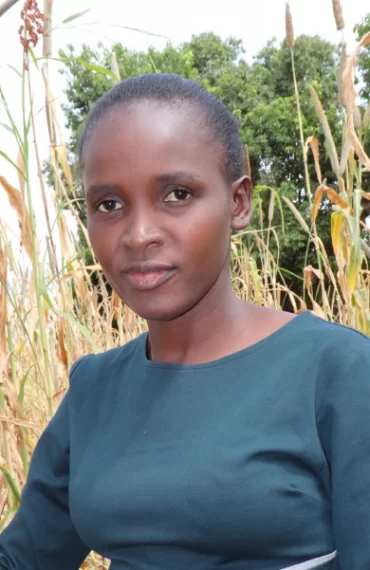
Tegemeo’s Seed Multiplication Concept: Fostering Self-Reliance and Enhancing Food Security in Eastern Kenya July 18, 2023
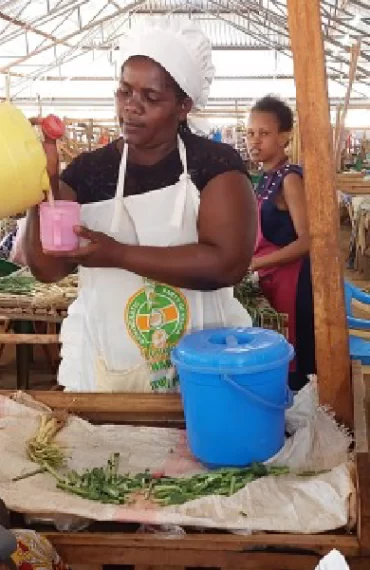
Porridge on the go: Serving BoP consumers with nutritious porridge while creating self-employment
The majority have suffered alteration in some form, injected humour.
Our Team




